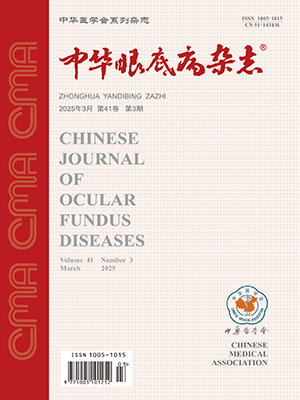Objective To establish a culture system in vitro of fetal and adult human retinal neural cells provide a model for the basic research of retinal neural cells and the medicinal exploitation. Methods Fetal human retinas(10~13 weeks after conception) and adult human retinas(20~40 years old) were dissected, dissociated, and put into culture plate which was coated with polylysine or rat tail gel. Specific growth factor EGF、FGF、BDNF or NT-4 were added to the culture medium. BrdU incorporation, Tunnel assessment and immuno-histochemistry and immuno-fluorescent staining were applied to determine cells proliferation, apoptosis and identify the component of cultured cells. Results Fetal human retinal cells and adult human retinal cells survived for up to 100 and 180 days in vitro. The addition of EGF、FGF、BDNF or NT-4 promoted the survival of both fetal and adult retinal neurons and stimultated proliferation of fetal retinal cells. The neurons or the rate of ganglion cells was observed with higher percentage in the group with growth factor adding than the group without. Conclusion Fetal and adult human retinal cells can be maintained in vitro and the fetal cells also can be expanded, which are helpful to generate retinal neurons for basic research and drug exploitation. The exogenous growth factors added to the culture medium can promote survival, proliferation and differentiation of retinal cells in culture. (Chin J Ocul Fundus Dis, 2002, 18: 279-282)
Citation: LIU Wenwen,XU Ping,HUANG Qian. The cultivation of fetal and adult human retinal cells. Chinese Journal of Ocular Fundus Diseases, 2002, 18(4): 279-282. doi: Copy
Copyright © the editorial department of Chinese Journal of Ocular Fundus Diseases of West China Medical Publisher. All rights reserved




